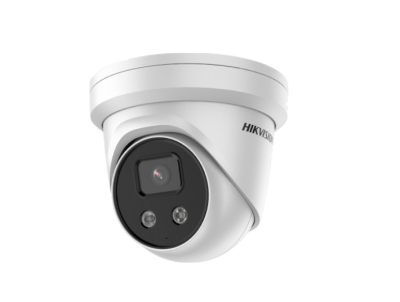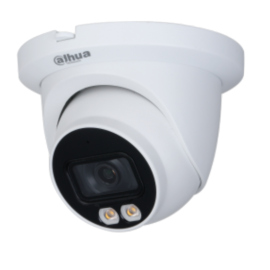Over the years the names Hikvision and Dahua have become synonymous with CCTV.


While Hikvision owns the largest global proportion of market share in the security industry. Dahua comes in second place, landing itself ahead of other big players such as Axis, Samsung and Bosch.
Both brands are known to produce products that offer a bang for your buck and in many cases have similar features and aesthetics. Similarities which often leave our customers wondering, is Hikvision better than Dahua?
A quick answer to this common question is that Dahua generally manufactures slightly more affordable products that are more suitable for domestic installation. While, Hikvision tends to produce more premium products, that are often better for commercial installation.
However, figuring out whether Hikvision or Dahua produces a better product for your installation scenario also involves understanding the subtle differences between similar camera sets produced by each brand.
To help guide you on how to compare specific products across different CCTV brands, in this blog we will compare Hikvision’s 4MP AcuSense Fixed Turret Network Camera with Dahua’s 4MP Fixed Focal Eyeball WizSense Network Camera across several relevant dimensions.
To help guide you on how to compare specific products across different CCTV brands, in this article we will compare Hikvision’s 4MP AcuSense Fixed Turret Network Camera with Dahua’s 4MP Fixed Focal Eyeball WizSense Network Camera across several relevant dimensions.
Sensor Size and Low Light Ability
The above cameras both have the same sensor size and type: 1/2.7″ Progressive Scan CMOS sensors. However, for the majority of their products both brands typically use 1/3″Progressive Scan CMOS sensors.
The sensor size not only determines resolution, but also the cameras’ low light ability. Therefore, the Minimum illumination for both of these cameras is also matched at 0.003 Lux, close to complete darkness.
Lenses
Both products offer fixed lenses with different focal lengths. However Hikvision’s AcuSense Turret has a greater range compared to Dahua’s model.
Hikvision: 2.8mm, 4mm, 6mm
Dahua: 2.8mm, 3.6mm
Bitrate
Bitrate is the amount of processing power required to record and watch a video. Similar to the way in which the quality of images is determined by resolution, bitrate indicates video quality.
These two camera models have a similar maximum bitrate at approximately 8Mbps. However, more generally the maximum bitrate on a Hikvision camera can go up to 12Mbps, while Dahua’s reaches 10Mbps.
That being said, a bitrate of 10Mbps is usually more than sufficient for most installation scenarios.
Protocol
To date, the majority of Hikvision and Dahua CCTV cameras support ONVIF and PTSP protocol.
ONVIF is a global standard for how IP products communicate with each other. This ensures that cameras are compatible with third party equipment. On the other hand, RTSP allows software and other equipment to access the camera’s video stream.
However recently both Hikvision and Dahua Technology have been suspended from ONVIF. Without access to ONVIF specifications, new devices and firmware may no longer conform to this industry standard.
Analytics
Both cameras offer standard motion detection features as well as line crossing/trip wire and intrusion detection.
Dahua is well known for their Smart Motion Detection technology (SMD) which aims to eliminate false alarms by using advanced algorithms to differentiate between the shape of humans and vehicles within a scene – only triggering an alarm and sending notifications when a person or vehicle is detected.
While Hikvision also offers false alarm reduction through human and vehicle target classification. These cameras not only detect and distinguish human beings and vehicles from other objects but also recognise vehicle number plates.
